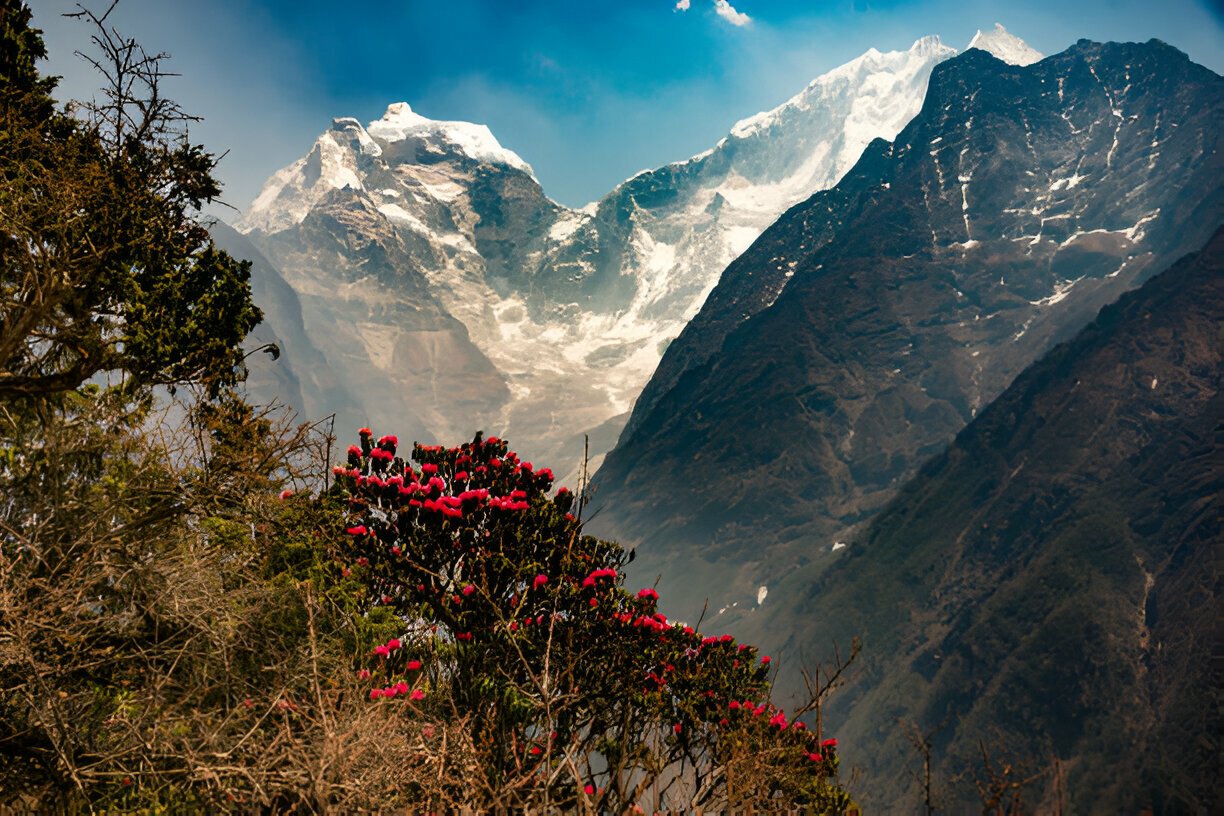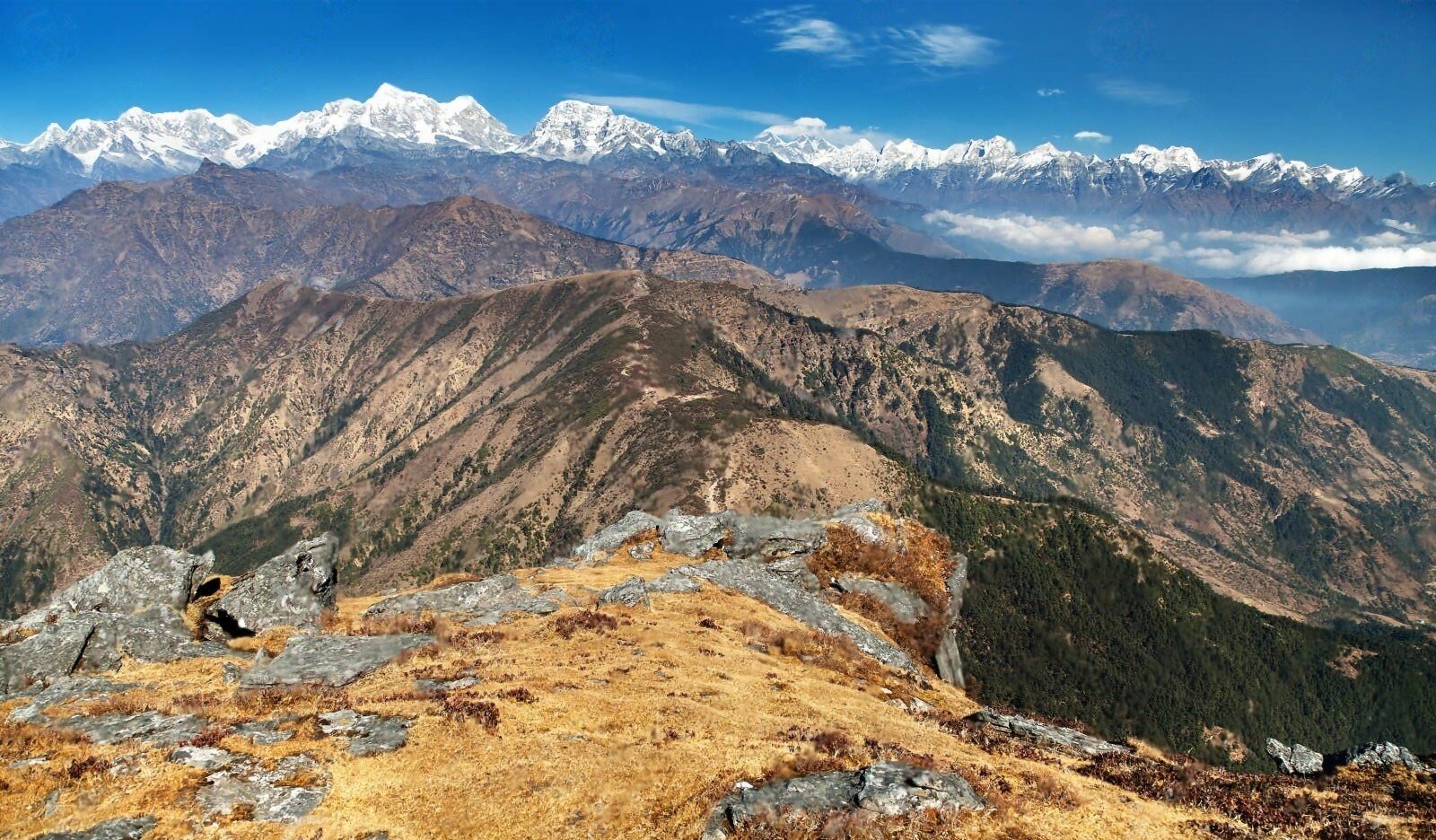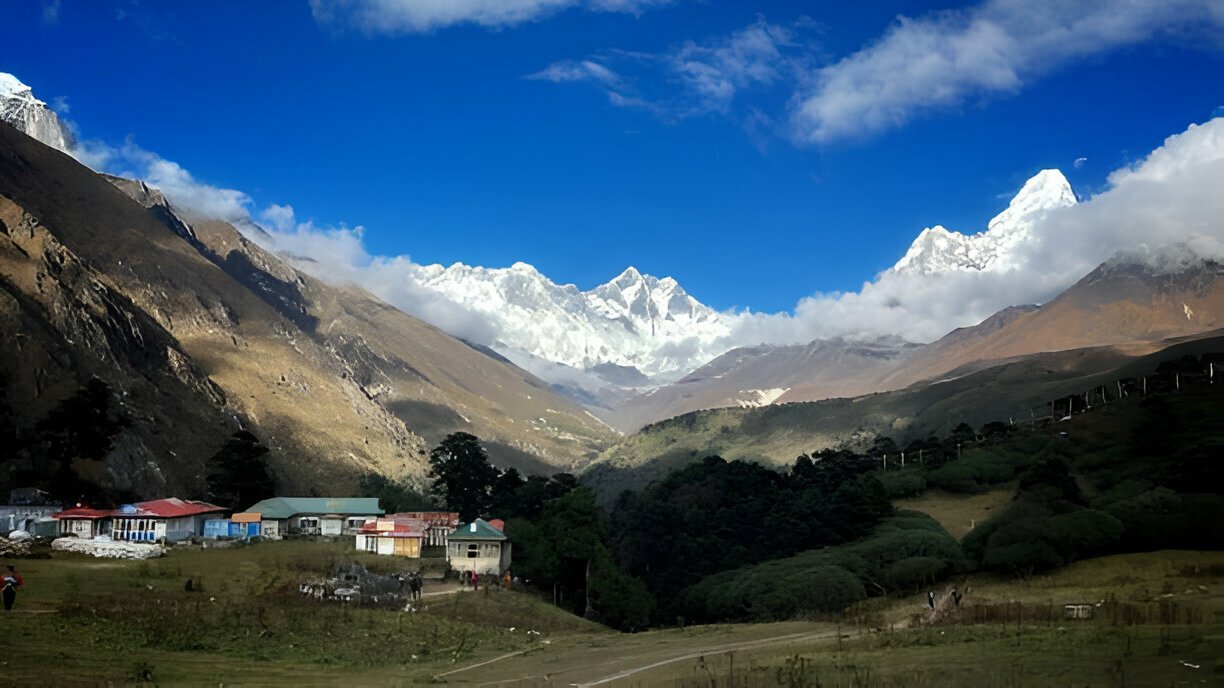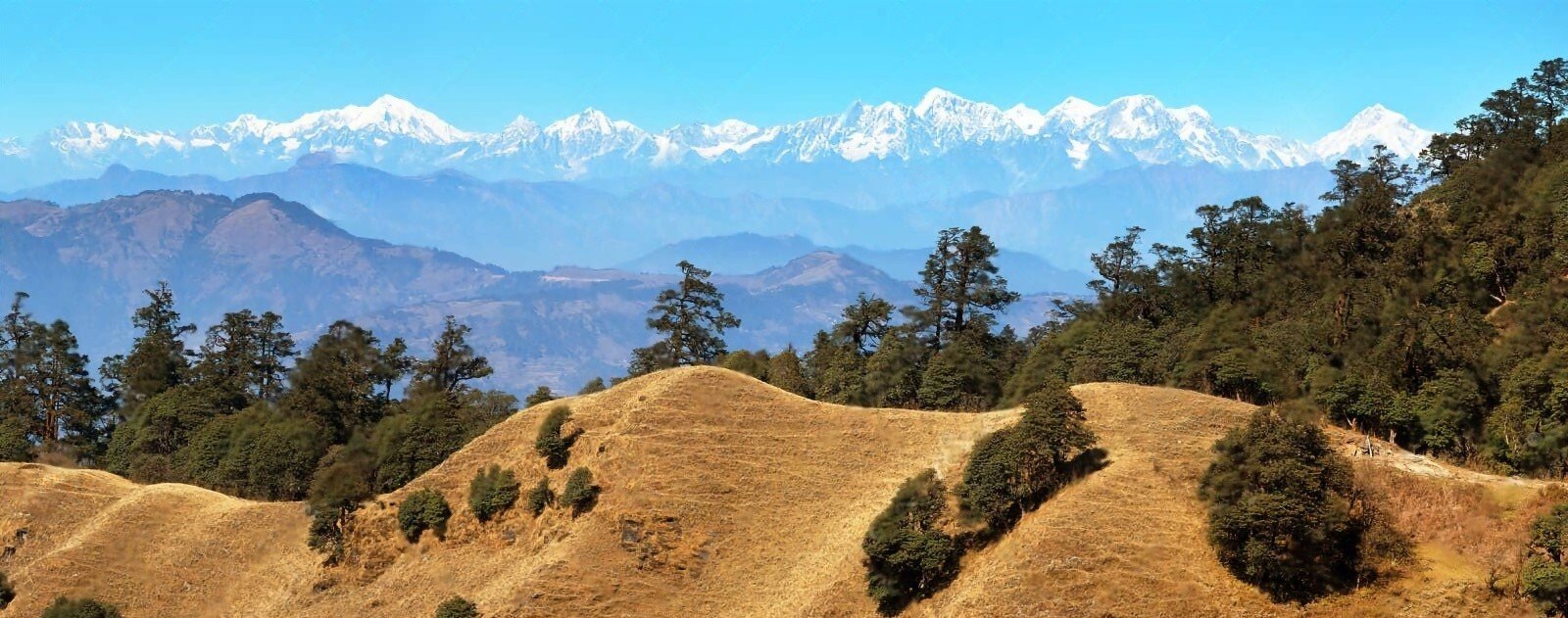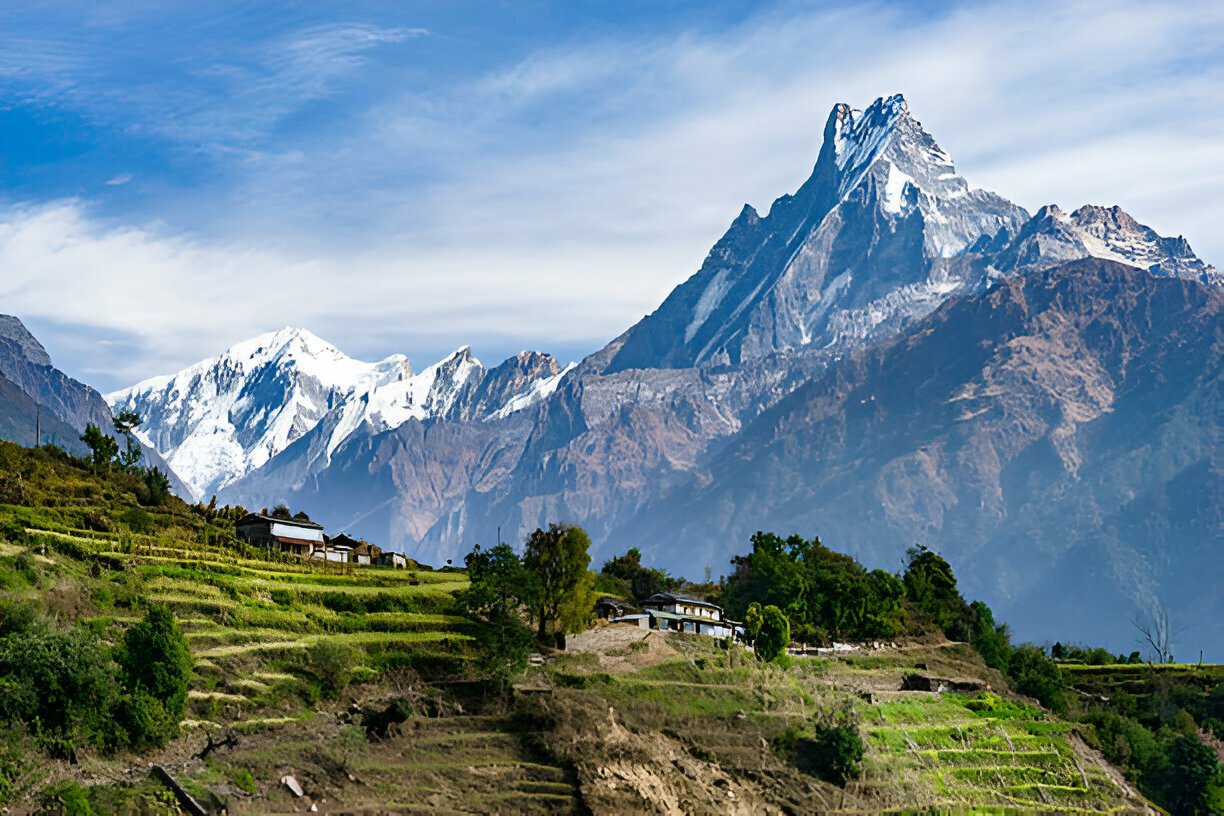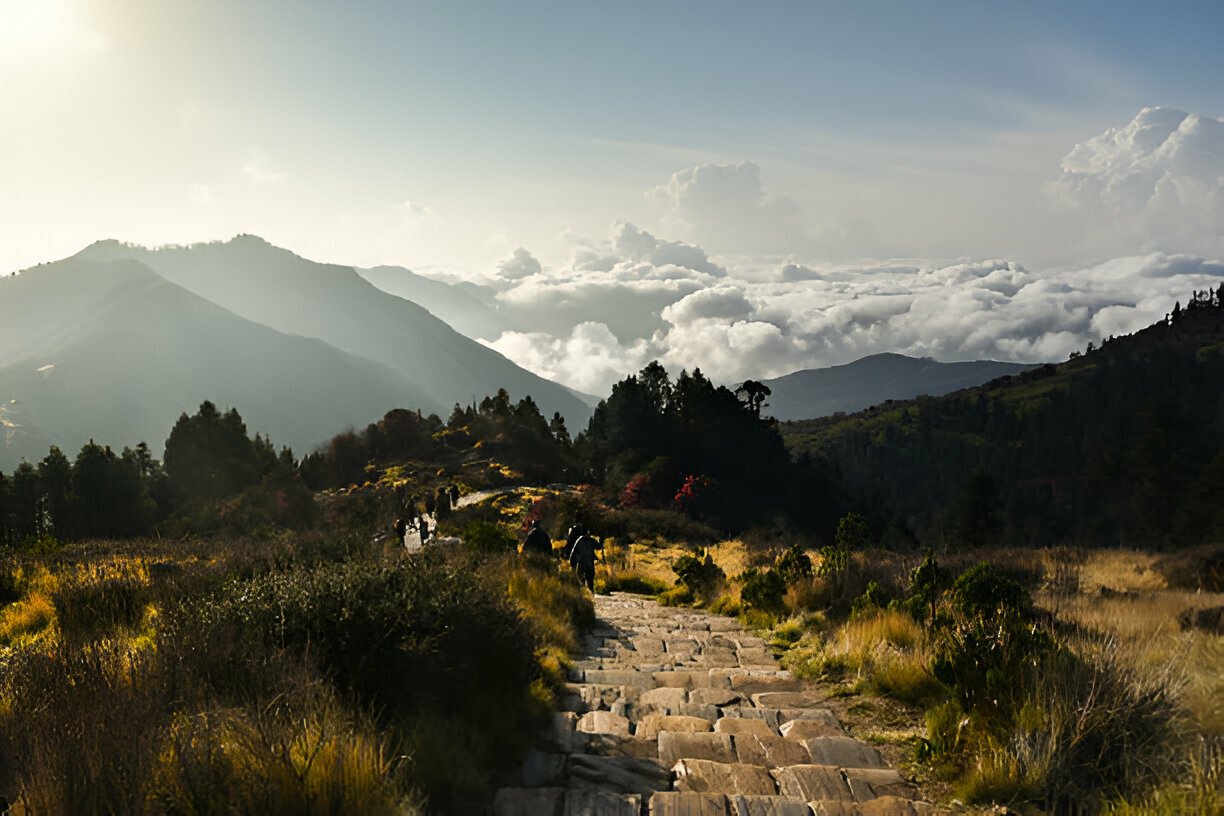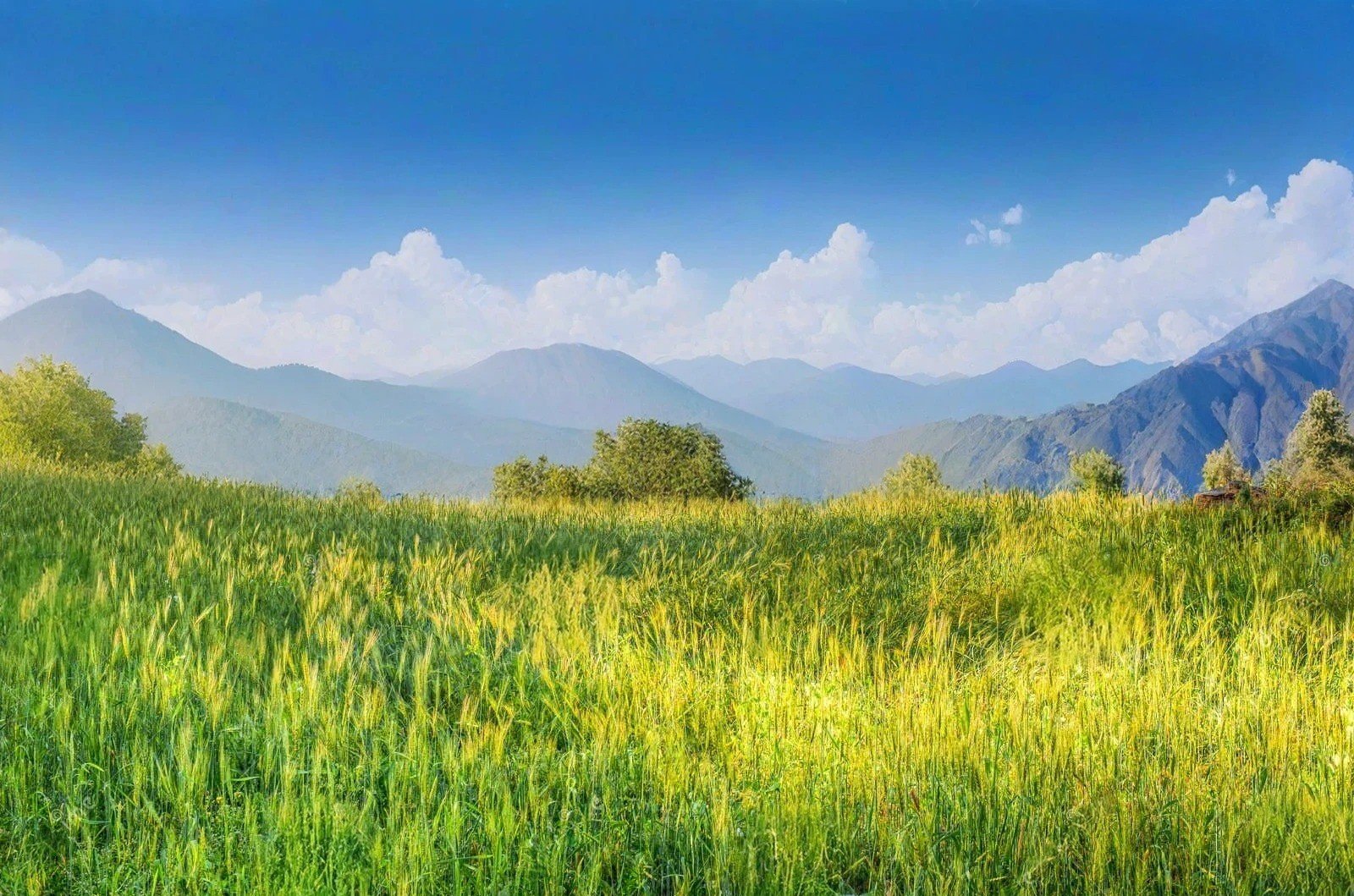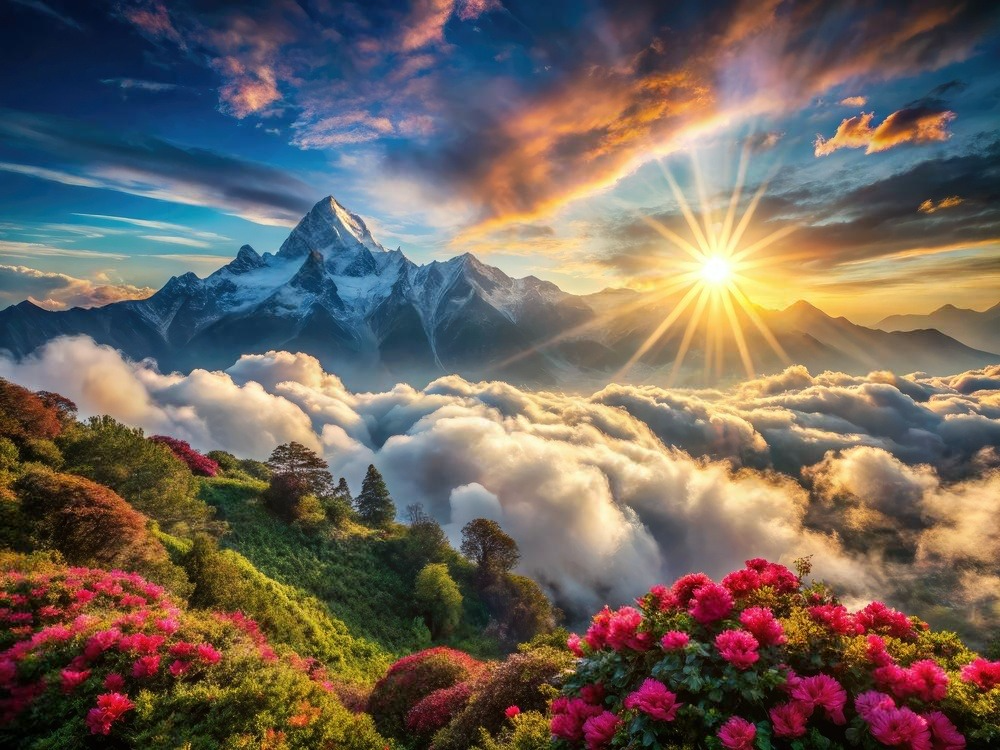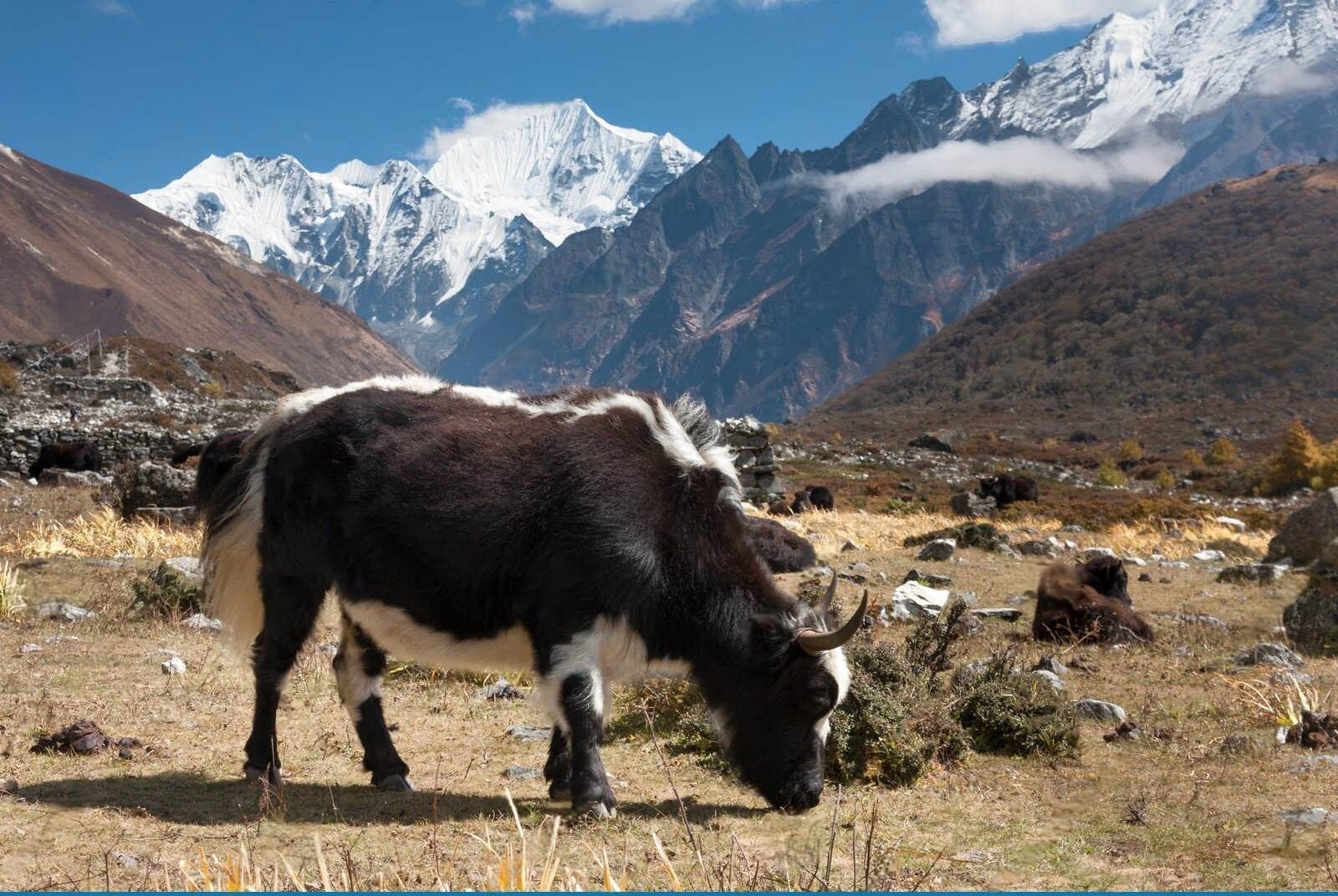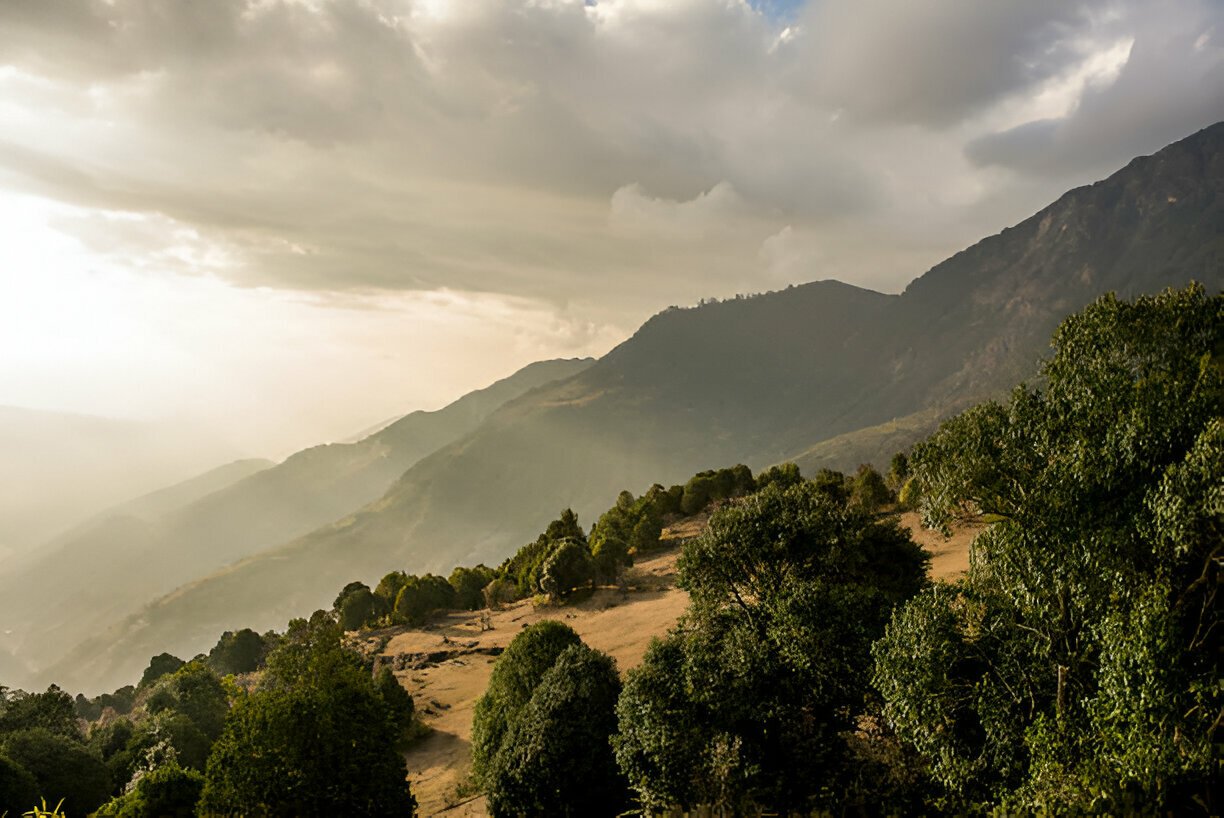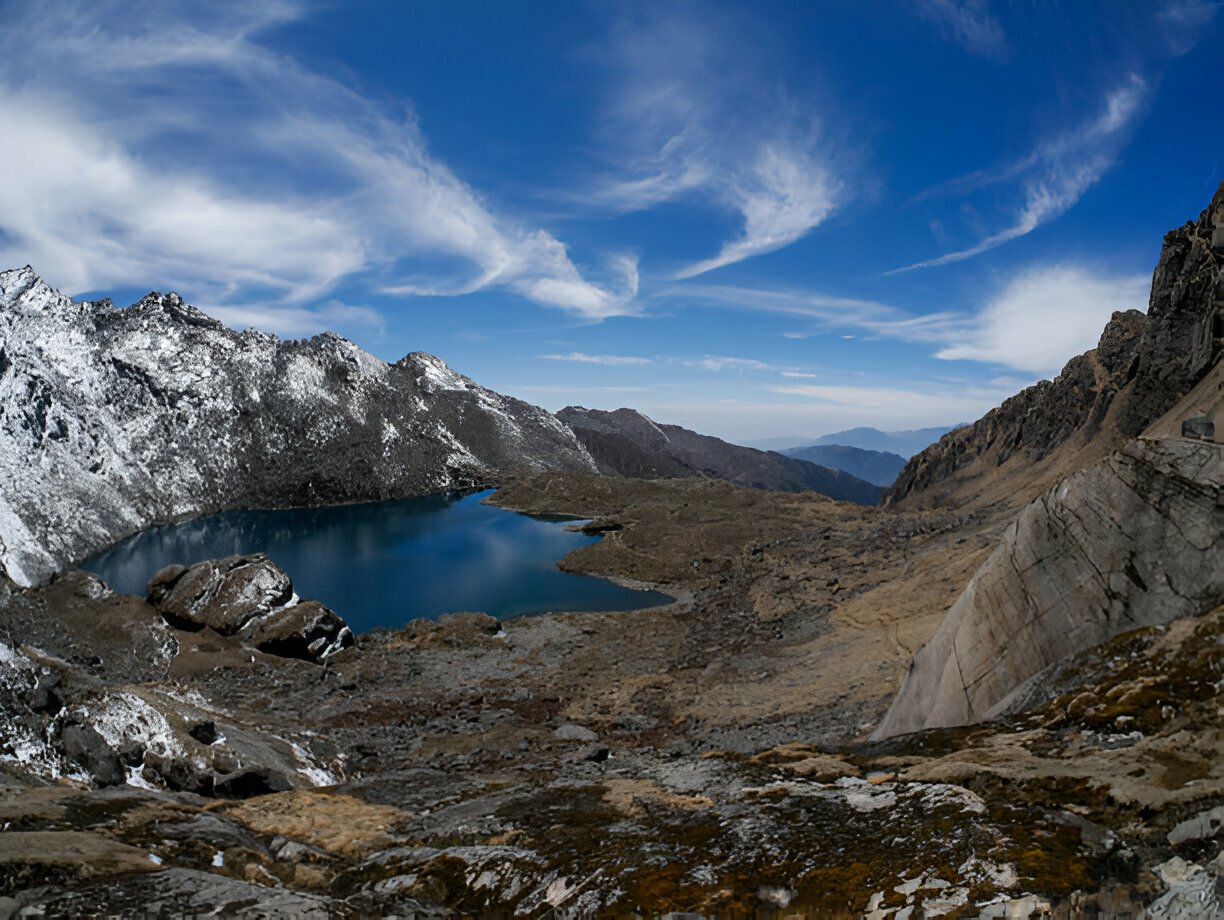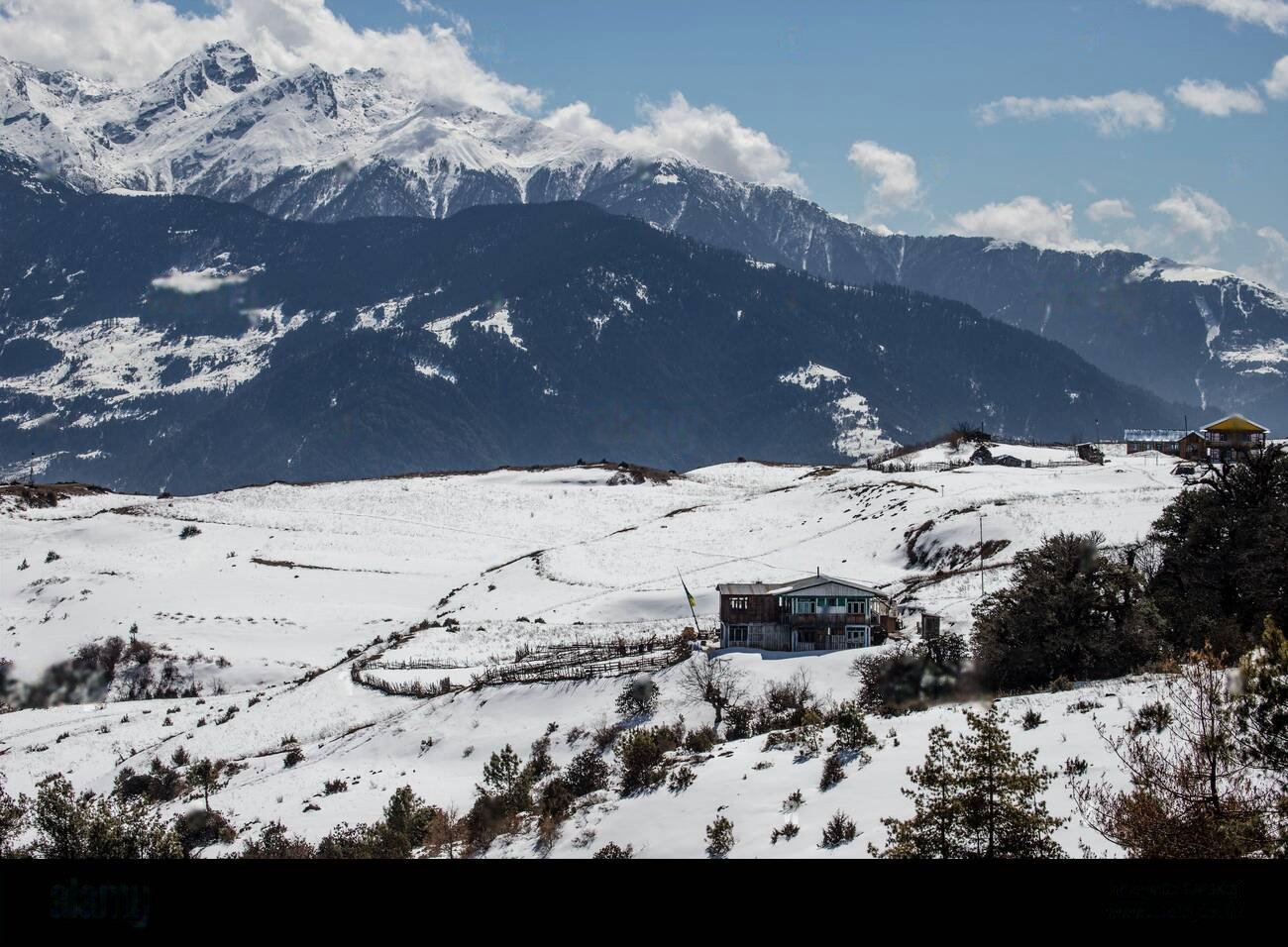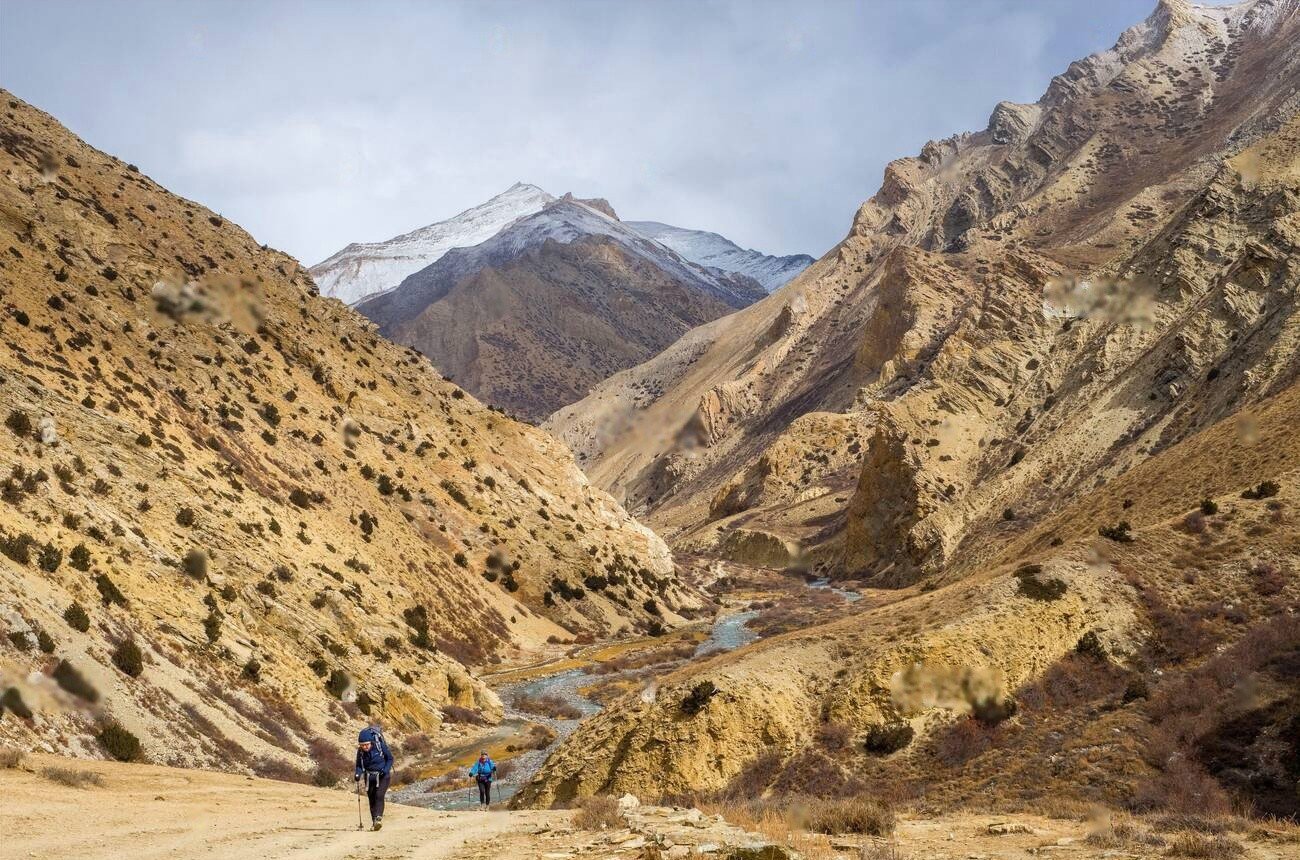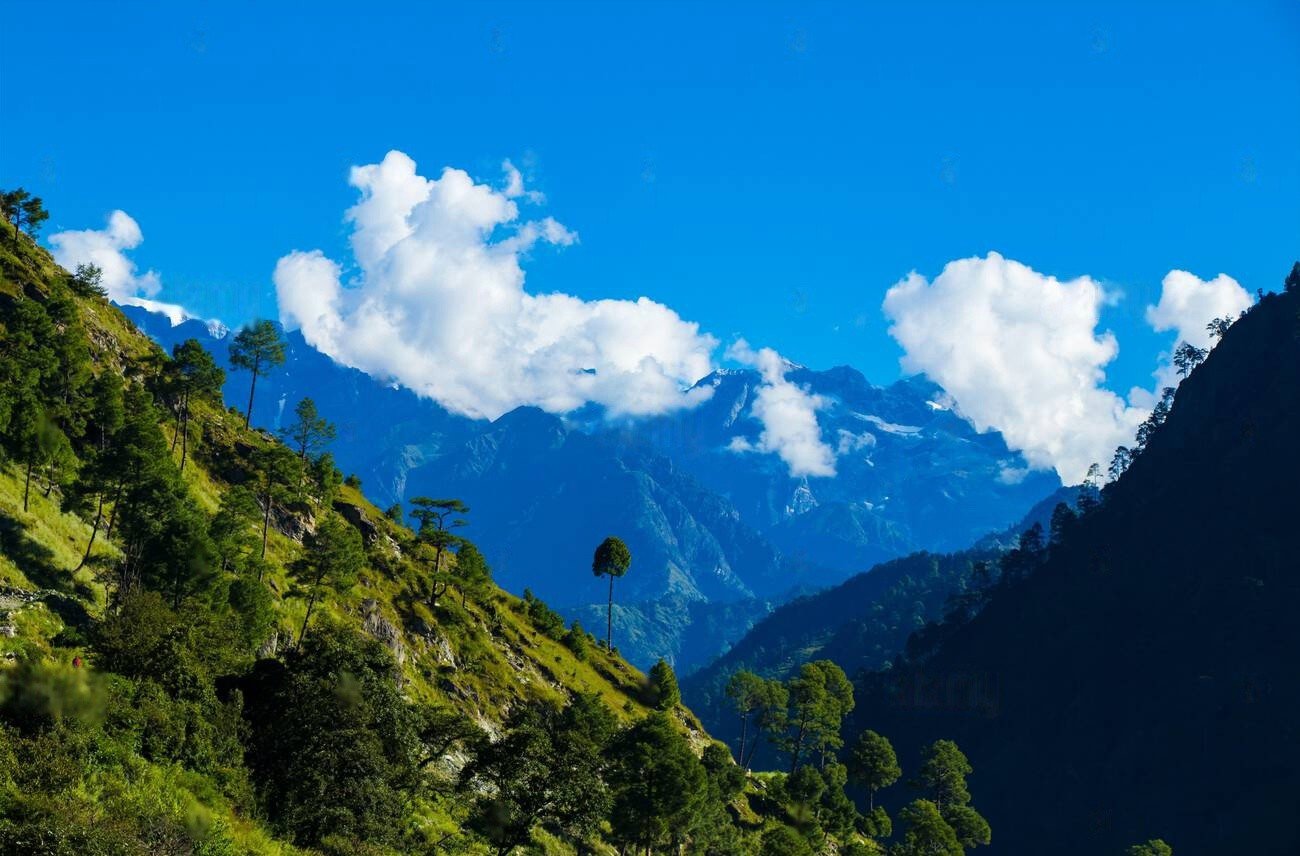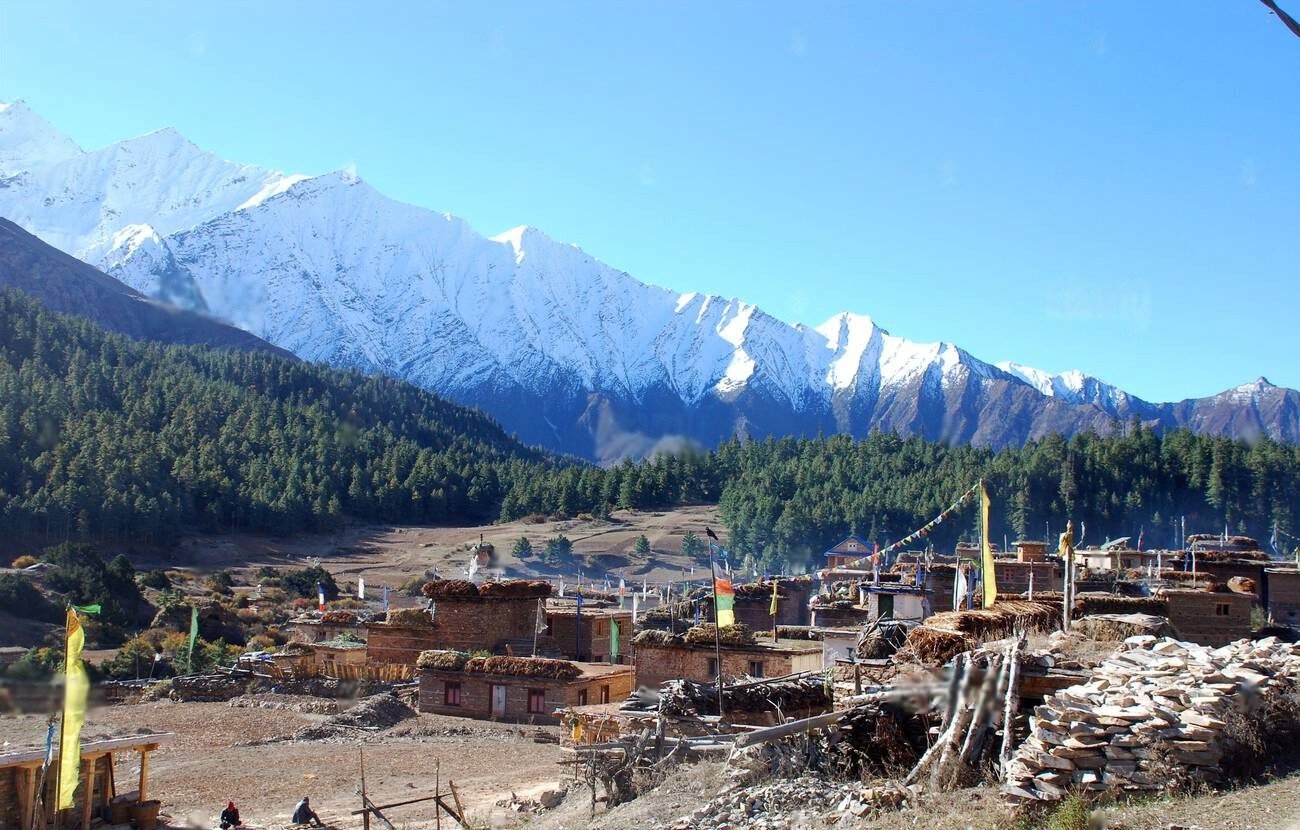 About this Trip
About this Trip
The Lower Dolpo Trek represents more than just a physical adventure—it's an immersive journey into a region of Nepal that offers unparalleled cultural authenticity and natural beauty without requiring the extreme endurance needed for Upper Dolpo. This perfect balance makes it ideal for adventurous trekkers seeking off-the-beaten-path experiences while maintaining reasonable comfort.
As you move through the diverse landscapes of Lower Dolpo, the terrain transforms dramatically. The trail begins in lush, subtropical forests near Juphal, with cascading waterfalls and vibrant vegetation. Gradually, the scenery shifts to pine and rhododendron forests before opening to wider valleys and the arid, Tibetan-like plateaus characteristic of the rain shadow regions. Each day brings new visual delights, with the turquoise marvel of Phoksundo Lake serving as the crowning jewel—its impossible blue waters seeming almost unreal against the stark mountain backdrop.
The cultural aspect of the trek is equally compelling. The people of Lower Dolpo, primarily of Tibetan origin, maintain traditions largely untouched by modernization. Buddhist prayer flags flutter from homes built in traditional Tibetan architectural style, while ancient monasteries house sacred texts and artifacts that have been preserved for centuries. The region also maintains the pre-Buddhist Bon religious practices, offering a fascinating glimpse into spiritual traditions rarely encountered elsewhere.
Physically, the trek presents moderate challenges with some steep ascents and high passes, but remains accessible to reasonably fit trekkers with proper acclimatization. The remote nature of the region means facilities are basic but adequate, striking the perfect balance between authentic experience and trekking comfort. The sense of accomplishment upon reaching Phoksundo Lake—one of Nepal's deepest and most beautiful alpine lakes—creates a powerful connection to this remarkable landscape.
Throughout the journey, the interaction with local communities adds profound depth to the experience. Sharing tea with villagers, observing traditional farming methods that have sustained generations, and witnessing the remarkable resourcefulness of people who thrive in challenging environments provides perspective that often becomes the most treasured memory of the trek.
The Lower Dolpo Trek represents more than just a physical adventure—it's an immersive journey into a region of Nepal that offers unparalleled cultural authenticity and natural beauty without requiring the extreme endurance needed for Upper Dolpo. This perfect balance makes it ideal for adventurous trekkers seeking off-the-beaten-path experiences while maintaining reasonable comfort.
As you move through the diverse landscapes of Lower Dolpo, the terrain transforms dramatically. The trail begins in lush, subtropical forests near Juphal, with cascading waterfalls and vibrant vegetation. Gradually, the scenery shifts to pine and rhododendron forests before opening to wider valleys and the arid, Tibetan-like plateaus characteristic of the rain shadow regions. Each day brings new visual delights, with the turquoise marvel of Phoksundo Lake serving as the crowning jewel—its impossible blue waters seeming almost unreal against the stark mountain backdrop.
The cultural aspect of the trek is equally compelling. The people of Lower Dolpo, primarily of Tibetan origin, maintain traditions largely untouched by modernization. Buddhist prayer flags flutter from homes built in traditional Tibetan architectural style, while ancient monasteries house sacred texts and artifacts that have been preserved for centuries. The region also maintains the pre-Buddhist Bon religious practices, offering a fascinating glimpse into spiritual traditions rarely encountered elsewhere.
Physically, the trek presents moderate challenges with some steep ascents and high passes, but remains accessible to reasonably fit trekkers with proper acclimatization. The remote nature of the region means facilities are basic but adequate, striking the perfect balance between authentic experience and trekking comfort. The sense of accomplishment upon reaching Phoksundo Lake—one of Nepal's deepest and most beautiful alpine lakes—creates a powerful connection to this remarkable landscape.
Throughout the journey, the interaction with local communities adds profound depth to the experience. Sharing tea with villagers, observing traditional farming methods that have sustained generations, and witnessing the remarkable resourcefulness of people who thrive in challenging environments provides perspective that often becomes the most treasured memory of the trek.
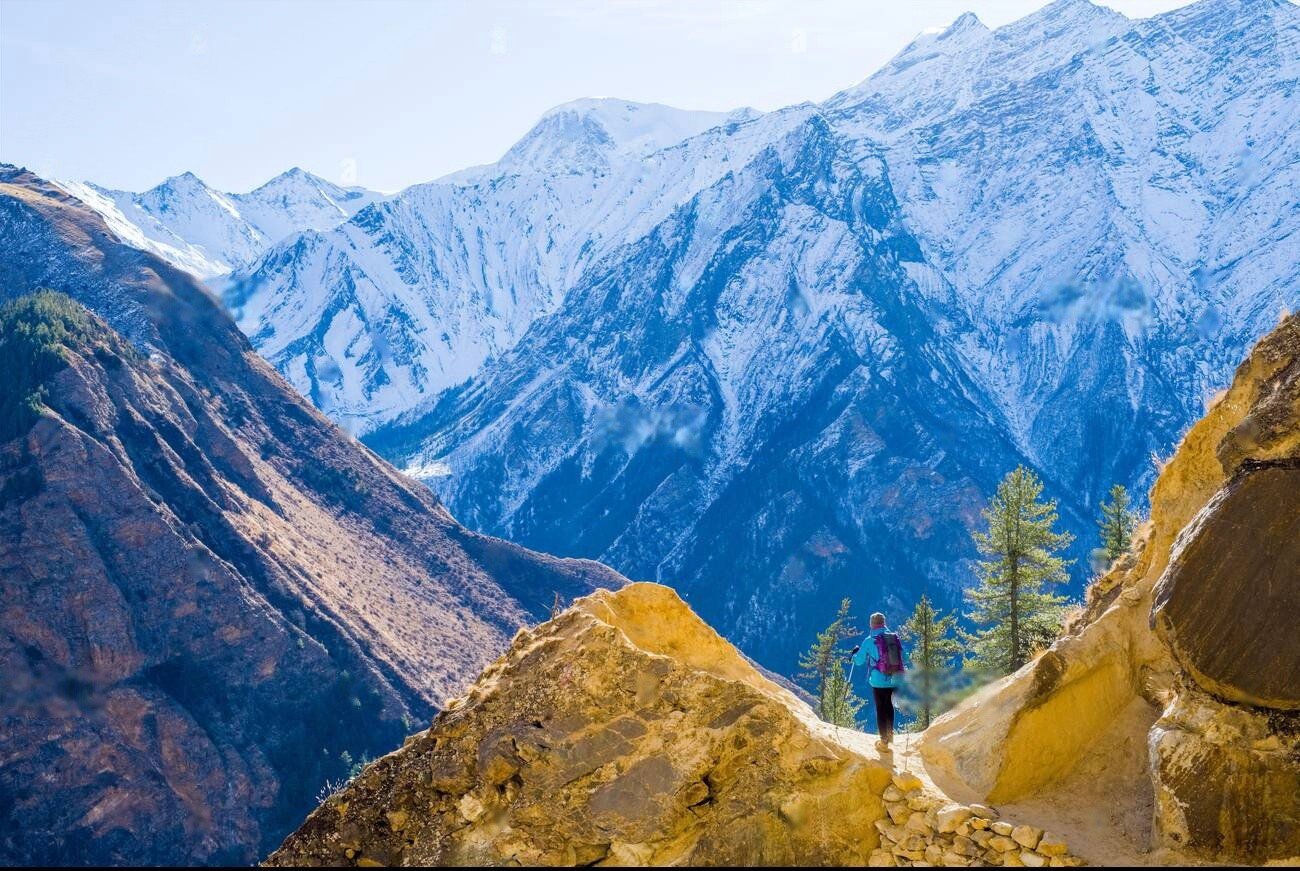
From $0
Price Varies from Group Size
Success
Here goes about why the success toast occurred.
 Itinerary
Itinerary
Arrival in Kathmandu (1,400m)
Kathmandu to Nepalgunj (150m)
Nepalgunj to Juphal (2,320m) to Dunai (2,140m)
Dunai to Chhepka (2,838m)
Chhepka to Chunuwar (3,110m)
Chunuwar to Phoksundo Lake (3,611m)
Acclimatization Day at Phoksundo Lake
Phoksundo Lake to Phoksundo Khola Valley (3,750m)
Phoksundo Khola Valley to Phoksundo Lake (3,611m)
Phoksundo Lake to Rechi (2,940m)
Rechi to Dunai (2,140m)
Dunai to Juphal (2,320m)
Juphal to Nepalgunj to Kathmandu
Departure from Kathmandu
 Services
Services
Includes
- Specialized bilingual guide with Dolpo experience
- Private Transport
- Round-trip airport transfers and local transportation as outlined
- Daily meals on the trek: breakfast, lunch, and dinner
- Services of an experienced guide and porters during the trek
- Shey Phoksundo National Park fees and trekking permits
- Accommodation throughout the trek (teahouses and lodges)
Excludes
- Additional accommodation due to unexpected delays or changes
- Comprehensive travel and medical insurance for the trek
- Gratuities for the guides, porters, and trekking support staff
- International flights and entry visa fees for Nepal
- Personal trekking equipment and gear (sleeping bags, jackets, etc.)
- Extra food and drinks beyond the standard meal plan
 Good To Know
Good To Know
Train 2-3 months in advance with cardio and hiking to prepare for the moderate elevation gains. Acclimatize properly to avoid altitude sickness, especially when reaching Phoksundo Lake. Pack layered clothing suitable for temperatures that can range from warm days to below-freezing nights. Show respect by asking permission before photographing locals, and remove shoes when entering monasteries. Carry sufficient Nepalese rupees as there are no ATMs beyond Dunai, and costs increase with altitude. Most guesthouses offer basic charging facilities for cameras using solar power, but bringing spare batteries is recommended.
Wildlife Encounters
Himalayan blue sheep (bharal) on rocky slopes
Musk deer in forested regions
Jackals and foxes
Various species of pheasants including the Danphe (Nepal's national bird)
Snow leopards (extremely rare sightings)
Himalayan griffon vultures and eagles soaring overhead
Diverse butterfly species, especially during spring
 Reviews
Reviews
 FAQs (Frequently Asked Questions)
FAQs (Frequently Asked Questions)
Your queries are answered.
Do I need trekking experience?
Previous trekking experience is beneficial but not mandatory. However, regular exercise and cardio training for 2-3 months before the trek is highly recommended.
What is the best time of year for this trek?
April- May (spring) and September- November (autumn) offer the best conditions. Spring features blooming rhododendrons, while autumn typically has clearer skies and stable weather.
How do I prevent altitude sickness?
Follow the acclimatization schedule, stay well-hydrated, ascend slowly, and communicate any symptoms to your guide immediately. Medications like Diamox can be discussed with your doctor before traveling.
What type of accommodation can I expect?
Basic teahouses provide accommodation with twin beds, communal dining areas, and limited facilities. Expect shared bathrooms, simple mattresses, and minimal amenities, particularly at higher elevations.
Is it possible to shower during the trek?
Basic hot showers are available at most teahouses for an additional fee, but become less common and more expensive at higher elevations, especially near Phoksundo Lake.
How reliable is the WiFi and phone connectivity?
WiFi is limited to Dunai and occasionally available at Juphal. Mobile phone coverage extends slightly further but is unreliable beyond Dunai. Consider this trek an opportunity to disconnect.
Can dietary restrictions be accommodated?
Most teahouses can accommodate vegetarian diets, but vegan, gluten-free, or other specific diets may be challenging. Bringing supplementary food items is recommended for specialized diets.
How much should I budget for the trek?
Beyond the package cost, budget approximately $15-20 per day for additional snacks, hot drinks, charging electronic devices, and hot showers. Prices increase with altitude.
How much should I tip the guides and porters?
Tipping is customary and appreciated. A general guideline is $10-15 per day for guides and $5-8 per day for porters, typically given at the end of the trek.




